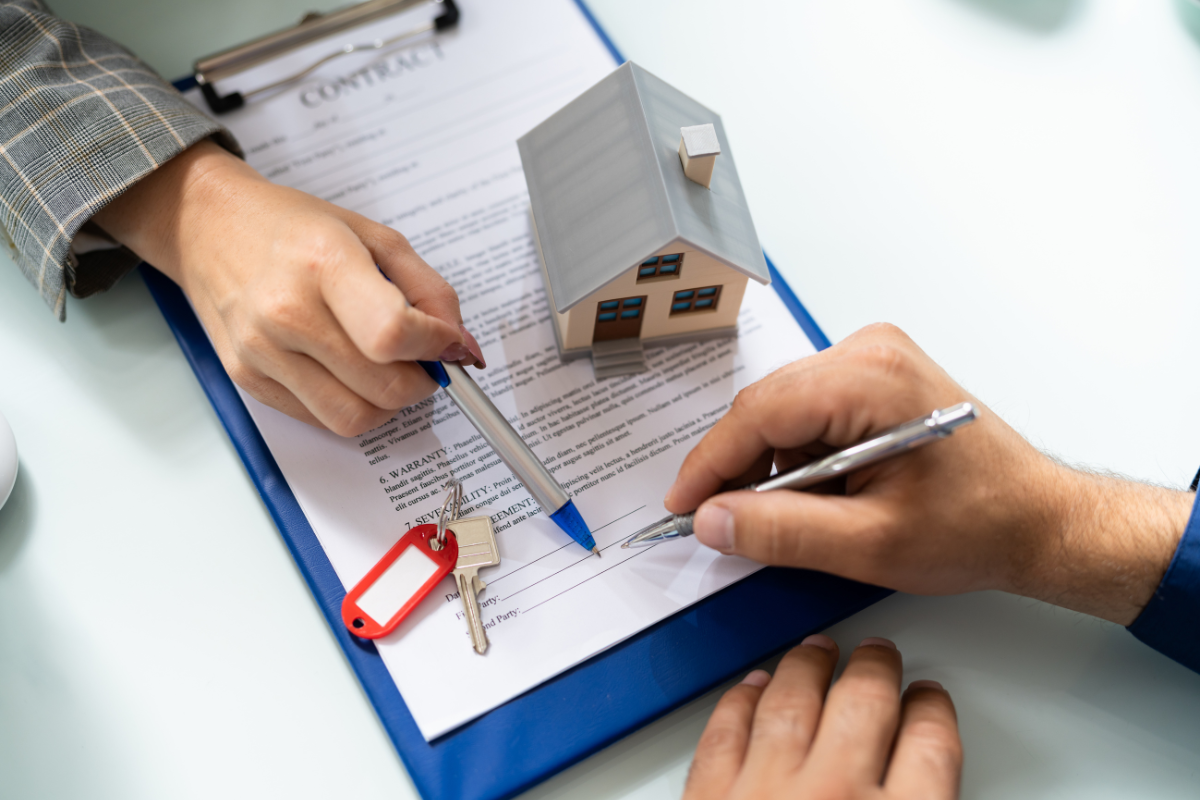For most Singaporeans, buying a home isn’t just a milestone—it’s the single biggest financial decision of their lives. And while the excitement of collecting keys to your new flat or condo is hard to beat, the reality is this: how you finance your home matters just as much as the property you choose.
A home loan stretches over decades, and the difference between one package and another can mean tens of thousands of dollars saved—or lost—over time. With so many options, from HDB loans to bank loans, fixed rates to floating rates, it’s no wonder that many buyers feel overwhelmed.
The good news is that with the right understanding, you can cut through the jargon and zero in on the loan that actually fits your needs. Let’s break it down step by step.
The Two Main Types of Home Loans in Singapore
When it comes to financing your property, you’ll usually be choosing between an HDB concessionary loan or a bank loan. Both have their advantages, and the right choice depends on your priorities.
HDB Loan
- Interest rate: Pegged at 0.1% above the prevailing CPF Ordinary Account (OA) interest rate, currently 2.6%.
- Downpayment: 20% of the purchase price, which can be paid entirely with CPF savings.
- Eligibility: Only for HDB flats, and applicants must meet income ceilings and other conditions.
- Flexibility: No lock-in period, meaning you can refinance to a bank loan at any time without penalty.
HDB loans are popular with first-time buyers who value stability and predictability. The rate is higher than some bank loans, but it rarely changes and gives peace of mind.
Bank Loan
- Interest rate: Varies depending on whether you choose fixed, floating, or SORA-pegged packages. Rates can start lower than HDB’s 2.6% but fluctuate over time.
- Downpayment: 25% of the purchase price, of which at least 5% must be paid in cash (not CPF).
- Eligibility: Available for both HDB flats and private property, with fewer restrictions than HDB loans.
- Flexibility: Lock-in periods of 2–5 years are common, during which refinancing or early repayment may incur penalties.
Bank loans tend to suit buyers who are comfortable with a bit of risk in exchange for potential savings. They’re also the only option for private property buyers.
Understanding Interest Rate Structures
The interest rate on your loan will largely determine how affordable it feels month to month. Here are the three main structures you’ll encounter:
1. Fixed Rate
Your interest is locked in for a set number of years (usually two to five). This protects you from market fluctuations, giving you stability in monthly repayments. However, fixed rates usually start slightly higher than floating ones, and once the fixed period ends, the loan typically reverts to a floating rate.
Best for: Buyers who want certainty in the early years, especially if they’re budgeting tightly.
2. Floating Rate
Here, your loan is tied to a bank’s internal benchmark, often adjusted every few months. This means your instalments can go up or down depending on market conditions.
Best for: Those who believe interest rates will remain stable or decline, and who can handle some unpredictability.
3. SORA-Pegged Rate
Since the phase-out of SIBOR, most banks now offer loans pegged to the Singapore Overnight Rate Average (SORA). SORA is a transparent, market-driven rate published daily by MAS, making it more reliable. Still, like floating rates, it can rise and fall.
Best for: Borrowers who prefer transparency and can stomach rate fluctuations.
Downpayments, Eligibility, and CPF Use
When deciding between loans, the downpayment requirement is a key consideration:
- HDB loan: 20%, fully payable with CPF OA funds if you have enough savings. No cash component required.
- Bank loan: 25%, with at least 5% in cash. The rest can be from CPF or cash.
If you’re short on cash savings, the HDB loan may be easier to manage upfront.
Eligibility Matters Too
- HDB loans are only for Singaporeans buying HDB flats, and you’ll need to meet income ceilings (currently $14,000 for families, $7,000 for singles for most flat types).
- Bank loans are open to both Singaporeans and foreigners, with fewer restrictions—but banks will assess your credit score, income stability, and Total Debt Servicing Ratio (TDSR).
Using Your CPF
Both loan types allow you to use CPF OA funds to pay the downpayment and monthly instalments. But remember: the more CPF you use, the less you’ll have compounding for retirement. It’s worth weighing whether to use cash for some payments if you can afford it.
Other Key Considerations
Choosing a loan isn’t just about the headline interest rate. Several other factors can affect your experience:
- Lock-in periods: Common with bank loans. If you refinance or repay early within this period, you may face penalties of 1.5% of the outstanding loan.
- Refinancing options: Refinancing to another bank (or repricing within the same bank) can save you money if interest rates shift. HDB loan holders can only switch to a bank loan, not the other way around.
- Penalties and fees: Look out for charges such as late payment fees, valuation fees, and legal fees.
- Tenure: Maximum loan tenure is generally 25 years for HDB loans, up to 30 years for bank loans. Longer tenures reduce monthly instalments but increase total interest paid.
Practical Tips for Comparing Loans
When you’re deciding, here are a few ways to cut through the confusion:
- Look beyond the initial rate. Some bank packages lure you in with very low first-year rates that shoot up after. Compare the total cost over the first five years, not just year one.
- Use mortgage calculators. These can help you model monthly instalments and total interest paid under different scenarios.
- Think about your tolerance for risk. If market swings make you anxious, stability may be worth paying a little extra for.
- Consider your future plans. If you expect to upgrade in a few years, a shorter lock-in period might matter more than a slightly lower rate.
- Work with a mortgage broker. They can compare packages across banks at no cost to you, saving you legwork.
Advice for Different Types of Buyers
First-Time Buyers
For those buying their first BTO or resale flat, an HDB loan often makes sense. It’s straightforward, fully CPF-payable for the downpayment, and offers stability. Once you’ve built up cash flow confidence, you can always refinance to a bank loan later.
Upgraders
If you’re moving to a bigger HDB or a condo, you might want to consider a bank loan. You’ll likely be more financially stable and able to handle the cash downpayment. Bank loans also tend to offer lower rates than HDB loans in the long run, though they come with more risk.
Property Investors
Investors usually lean towards bank loans because of the lower rates and flexibility. Since rental income can help offset instalments, investors may be more comfortable with floating or SORA-pegged packages.
The Bottom Line

There’s no one-size-fits-all “best” home loan in Singapore—it’s about what fits your financial situation, goals, and comfort level.
- Choose an HDB loan if you want predictability, have limited cash savings, and are buying your first flat.
- Choose a bank loan if you’re comfortable with cash outlay, want to save on interest, and don’t mind market fluctuations.
At the end of the day, the right home loan isn’t just about the numbers—it’s about peace of mind. Run the sums, ask questions, and think about how each option aligns with your lifestyle. After all, your home should be a place of comfort, not a source of financial stress.


